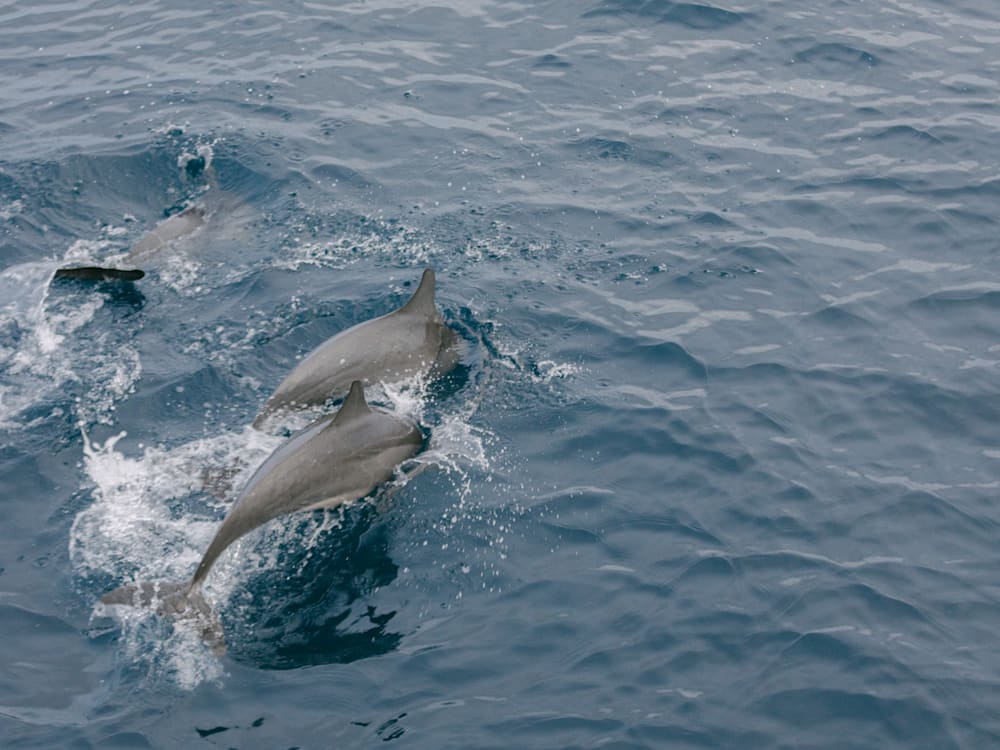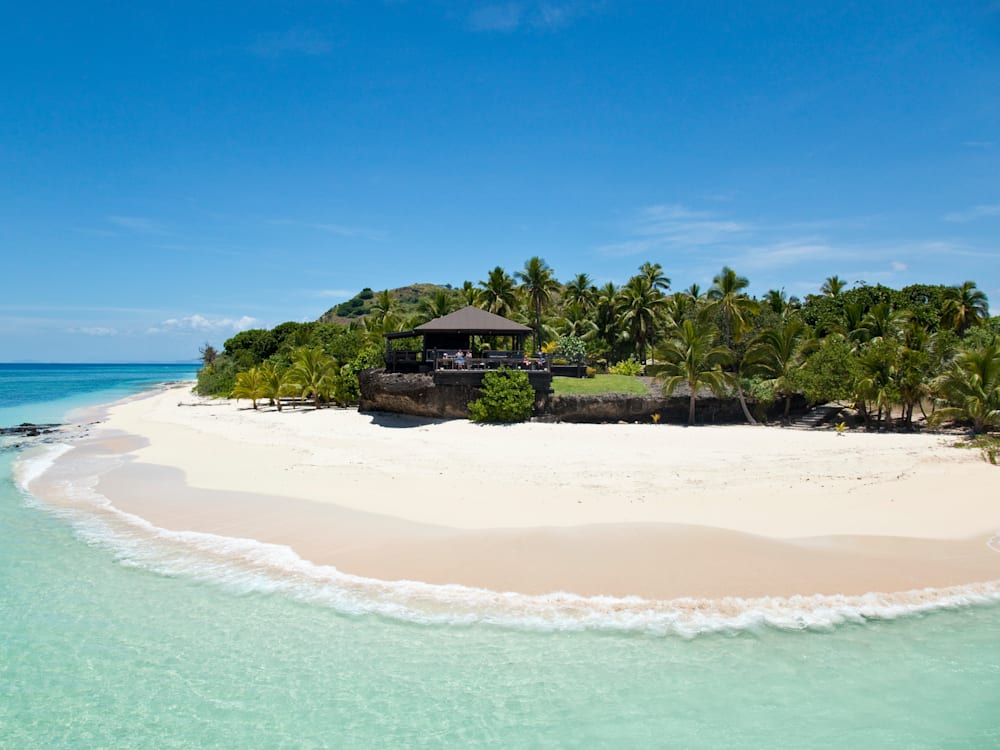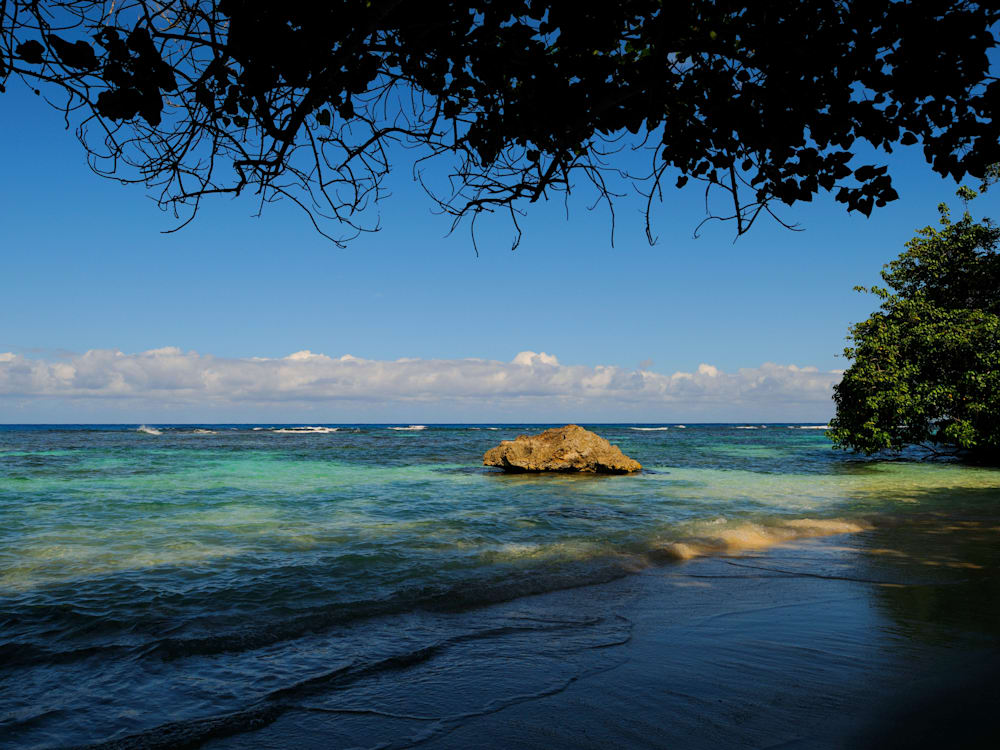Bottom trawling: nope, not what perverts scroll for on socials, but the devastating act of dragging weighted nets over the seabed to catch fish. The stark realities of this destructive fishing method have been exposed in David Attenborough’s new documentary, Ocean. The film, released on Attenborough’s 99th birthday, takes viewers on a breathtaking journey, showing there is nowhere more vital for our survival, more full of life, wonder or surprise than the ocean.
The film is a rallying cry to protect one of Earth’s greatest assets. And our charity partner Blue Marine Foundation — partners in the making of Ocean — is waging its own campaign against bottom trawling, called The Bottom Line (if you are based in the UK you can take action here). Across the world many of our sustainable hero hotels are doing their part to keep the ocean safe, too, while inspiring guests to do the same — as we celebrate World Environment Day and look forward to World Oceans Day, read on to see how you can be part of the conservation, in an optimistic way.
Six Senses Laamu, Maldives
Safeguarding the future

Staying on a positive note, Six Senses Laamu sits amid the Maldives’ ‘Hope Spot’, a designation by non-profit Mission Blue that marks areas of critical importance to ocean health; and it’s surrounded by no fewer than six Marine Protected Areas. There’s no better custodian than Six Senses, a group so green, each hotel has its own Earth Lab to enlighten guests on environmental matters.
This outpost feels especially buoyant, thanks to the Maldives Underwater Initiative, a collaboration between resident marine biologists and the Manta Trust, the Olive Ridley Project and our partner Blue Marine Foundation, which has affected systemic change when it comes to protecting the local reefs and waters. MUI experts nurture the conservationists of tomorrow, too, gently educating younger guests through guided snorkels, reef clean-ups, hands-on workshops or deep-dive science experiments, as part of the Junior Marine Biologist experience, keeping that ‘Hope Spot’ alive for years to come.
Nusfjord Village & Resort, Norway
Sustainable sea-to-plate dining
Since Viking times, intrepid anglers have braced the biting cold of Norway’s Arctic waters, arriving in droves to the Lofoten archipelago seeking skrei — a codfish that thrives in the cold. Over centuries, this tight-knit fishing community left a legacy of traditions, skills and rituals handed down through generations. Nusfjord Village & Resort has kept its salty airs, while offering the cosier side of nautical life, with colourful restored rorbuer (fishermen’s cabins) to stay in, a village shop serving cinnamon buns and a deliriously scenic setting.
The owner of the village and hotel staff keep traditions alive and the community connected, working with local and former fishermen so guests can cast their own lines off the resort’s boat while hearing fisherman’s fables, and either keep their catch or have it cooked up in Karoline restaurant. But even landlubbers can have a taste of the deep-rooted history and respect for the sea here, during hyper-fresh seafood dinners of skrei with tarragon and leeks, or cod tongue with pickled carrots and lemon, courtesy of the nets hauled in that morning.
Vomo Island, Fiji
Conservation as an art form

Pristine tropical paradise Vomo Island Fiji got creative with its coral-conservation efforts. In the vividly turquoise waters surrounding the resort lies a sunken treasure: the Coral Gene Bank, a submerged, 60-foot sculpture, built in collaboration with Californian non-profit, Counting Coral. It’s part living installation, part nursery, with 500 young corals bringing it to colourful life in spookily beautiful style — the start of a long-term goal of fully regenerating the island’s reef.
Guests can experience this intersection of art and science in various ways, from free guided snorkel tours to charged scuba-dives where you can help the on-site experts clean the sculpture and tend to the coral, an activity which diverts divers away from more vulnerable areas and restores profits to the local community. It’s worth going deeper to see the art live and breathe, and to pick out quirky details, like the etched logo of donors Anarchist Wine or the word ‘Hope’ in homage to oceanographer Dr Sylvia Earle, who first conceived of ‘Hope Spots’.
Bawah Reserve, Indonesia
Keeping the sea spotless
From above, the Anambas archipelago looks like a series of petite floating forests amid Indonesia’s neon waters — a marine conservation area of more than 2,400 acres. Bawah Reserve is spread over six of these isles, and keeps the environment spick and span, using solar power, minimal-intervention builds and recycled waste water. But, the staff go far beyond mere housekeeping, inviting guests to dive down for a deep clean of the sea bed, picking up straggling ‘ghost’ nets and unsightly debris.
Once that’s all out of the way, the path is clear to bed new coral, a task you can help the team with, transplanting fragments that have broken off to help build new otherworldly gardens. And the earth-kindness keeps coming, with scuba-dives to survey the reefs and monitor their growth, frequent beach clean-ups and — between March and September — patrols with resident marine biologists to keep an eye on the beaches’ turtle nests. If you want to truly dig in, these experiences can form part of a three-day custom itinerary.
GoldenEye, Jamaica
Meet Mel, ‘The Turtle Man’

He might be dubbed ‘The Turtle Man’, but don’t fear, there’s no radioactive mutations (or indeed ninja skills) involved in a day with the very human Mel Tennant, who’s been caring for Gibraltar Beach’s sea turtles for decades. Through holding nightly patrols, confronting poachers, and carefully guiding hatchlings into the sea and tagging them, he’s more than doubled the turtles’ survival rate from 37 per cent to 80 per cent, releasing more than 25,000 babies.
Working alongside the Oracabessa Fish Sanctuary, his efforts came to the attention of GoldenEye hotel owner (and founder of Island Records), Chris Blackwell, who wanted guests to partake in the magical experience and lend a hand in conservation efforts. Now, when in season (May to December), if there are enough nests, this local legend will show you how to play a nurturing role in the island’s ecosystem.
Show your support for Blue Marine Foundation’s campaign, or see more of our most sustainable stays



